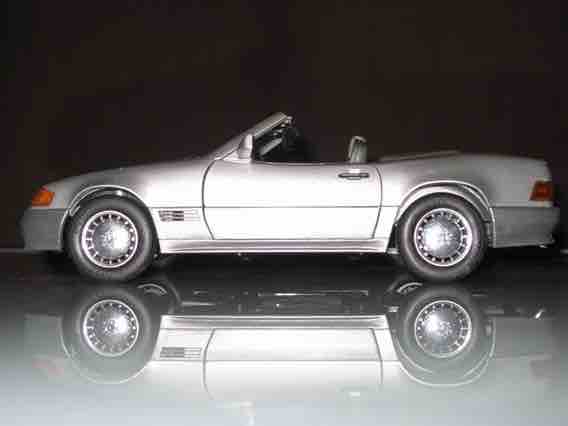Impact of Depreciation Methods
Depreciation is a required expense for all business with fixed assets, excluding land. The choice of the depreciation method can impact revenues on the income statement and assets on the balance sheet. The four most common methods of depreciation that impact revenues and assets are: straight line, units of production, sum-of-years-digits, and double-declining balance.

Different depreciation methods have different effects on revenues and assets.
The depreciation method used to depreciate a car calculates an expense that reduces income.
Straight Line
When using the straight-line method, a company charges the same depreciation expense every accounting period throughout an asset's useful life, so the effect is a stable and uniform reduction in revenues and asset values in every accounting period of the asset's useful life.
Here is an example of how to calculate depreciation expense under the straight-line method. Assume a purchased truck is valued at $10,000, has a residual value of $5,000, and a useful life of 5 years. Its depreciation expense for year 1 is
Units of Production
The units-of-production method is calculated based on the units produced in the accounting period. Depreciation expense will be lower or higher and have a greater or lesser effect on revenues and assets based on the units produced in the period.
Here is an example of how to calculate depreciation expense under the units of production. Assume a piece of machinery, purchased for $100,000 with a residual value of $40,000, is expected to produce 10,000 units over its useful life. First, calculate the depreciation per unit:
The depreciation expense for the period is the per unit amount multiplied by the period's production amount: if 1,000 units were produced, the depreciation expense is
Sum-Of-Years-Digits
Sum-of-years-digits depreciation is determined by multiplying the asset's depreciable cost by a series of fractions based on the sum of the asset's useful life digits. Sum-of-years digits is a depreciation method that results in a more accelerated write off of the asset than straight line but less than double-declining balance method. This method will reduce revenues and assets more rapidly than the straight-line method but not as rapidly as the double-declining method.
Here is an example of how to calculate depreciation expense under the sum-of-years-digits. Assume a piece of machinery is purchased for USD 100,000 with a residual value of $40,000 and a useful life of 5 years. First, calculate the depreciation rate by adding the years of useful life, or
For year 4, the calculation uses the asset's book value (
Double-Declining Balance
Double-declining balance is a type of accelerated depreciation method. This method records higher amounts of depreciation during the early years of an asset's life and lower amounts during the asset's later years. Thus, in the early years, revenues and assets will be reduced more due to the higher depreciation expense. In later years, a lower depreciation expense can have a minimal impact on revenues and assets. However, revenues may be impacted by higher costs related to asset maintenance and repairs.
To calculate depreciation using the double-declining method, its possible to double the amount of depreciation expense under the straight-line method. To do this, divide 100 per cent by the number of years of useful life of the asset. Then, multiply this rate by 2. Next, apply the resulting double-declining rate to the declining book value of the asset (cost subtracted by accumulated depreciation). Ignore salvage value in making the calculations. At the point where book value is equal to the salvage value, no more depreciation is taken.